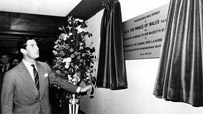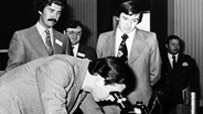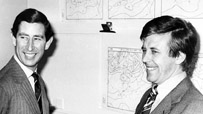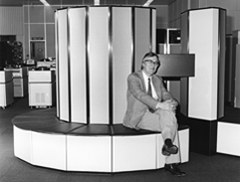ECMWF was established in 1975. Its purpose – then as now – was to pool Europe's meteorological resources to produce accurate climate data and medium-range forecasts.



The project was created by COST (European Cooperation in Science and Technology), which supported co-operation between scientists and technicians in Europe. The UK won a bid to host the Centre, thanks to the proximity of its proposed site to the UK Met Office and the University of Reading.
1971-1975: Convention established
The first draft of the ECMWF Convention was considered on 9 and 10 December 1971, with 32 senior representatives from 14 of the 18 founding States attending. The Convention was signed in 1973 and came into force on 1 November 1975.
Its creation set up the centre as an independent intergovernmental organisation.
1979: First forecasts produced
The first real-time medium-range forecasts were made in June 1979, and ECMWF has been producing operational medium-range weather forecasts since 1 August 1979. At first, forecasts were made five days a week. From 1 August 1980, they were made seven days a week.
The first ensemble predictions, produced as part of the operational forecasting system, were achieved on 24 November 1992.


2005-2010: New Members allowed to join
In 2005, the Convention was amended to allow new Member States to join the organisation, with the amendments coming into force in 2010.
Yearly progress
Since then, ECMWF has continued to develop and improve. Progress over the years has included beginning to monitor the Earth system, the installation of new supercomputers, upgrades to the forecasting model and contributions to climate studies.
For more details on our yearly progress, please browse the Annual Reports.
Read some of our key facts and figures.
Listen to recordings of the first Council meeting:
ECMWF history timeline
